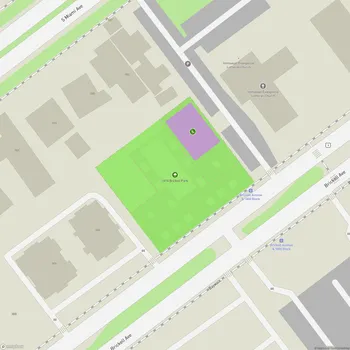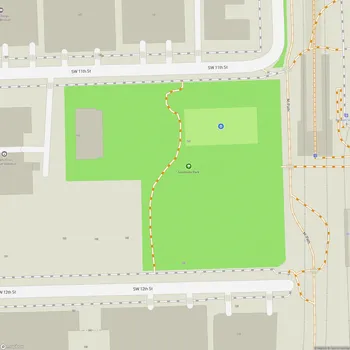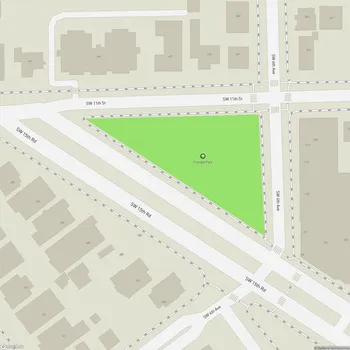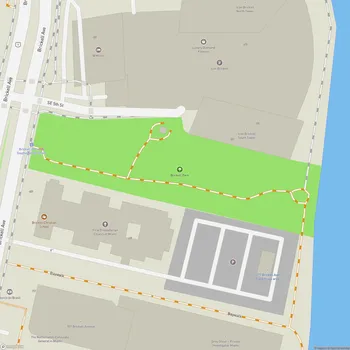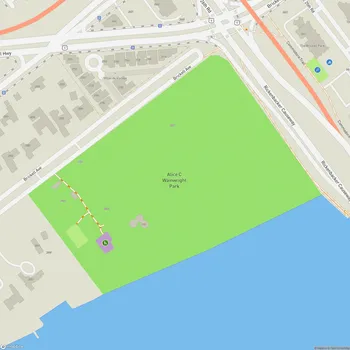Simpson Park
Simpson Park Map
About Simpson Park in Miami
Simpson Park, officially known as Simpson Park Hammock, is a 7.8-acre urban park and nature preserve located between the Brickell and The Roads neighborhoods of Miami, Florida. Established in 1913, it stands as one of the last remaining tracts of the Brickell Hammock, a tropical hardwood hammock that once extended from the Miami River to Coconut Grove.
The park sits on the Miami Rock Ridge at an elevation of over 15 feet above sea level, which is relatively high for the Miami area. Its soils are primarily shallow muck over limestone, known as the Matecumbe Series. In 1927, the park was renamed in honor of Charles Torrey Simpson, a renowned Miami botanist and conservationist.
Simpson Park is home to a diverse array of plant life, including 15 endangered and 9 threatened plant species. The park's flora consists of about 162 plant species, with 96 of them being native to the area. Some notable plants found in the park include Mastic, Red Stopper, Spicewood, Marlberry, Satin Leaf, Pigeon Plum, and White Stopper. The park also houses rare species such as Wild Cinnamon, Coffee Colubrina, Yellow Boxwood, Silver Palm, and Strongbark.
The park serves as an important educational and conservation resource, offering visitors a glimpse into South Florida's natural ecosystem. It provides a tranquil oasis within Miami's urban core, allowing visitors to experience a piece of Florida's original landscape. The park offers walking trails that wind through the dense hammock, providing opportunities for nature observation and quiet contemplation.
In September 2017, Hurricane Irma caused significant damage to the park's canopy, leading to a temporary closure. However, the park has since reopened and continues to be maintained as a valuable natural and historical asset for the city of Miami.
